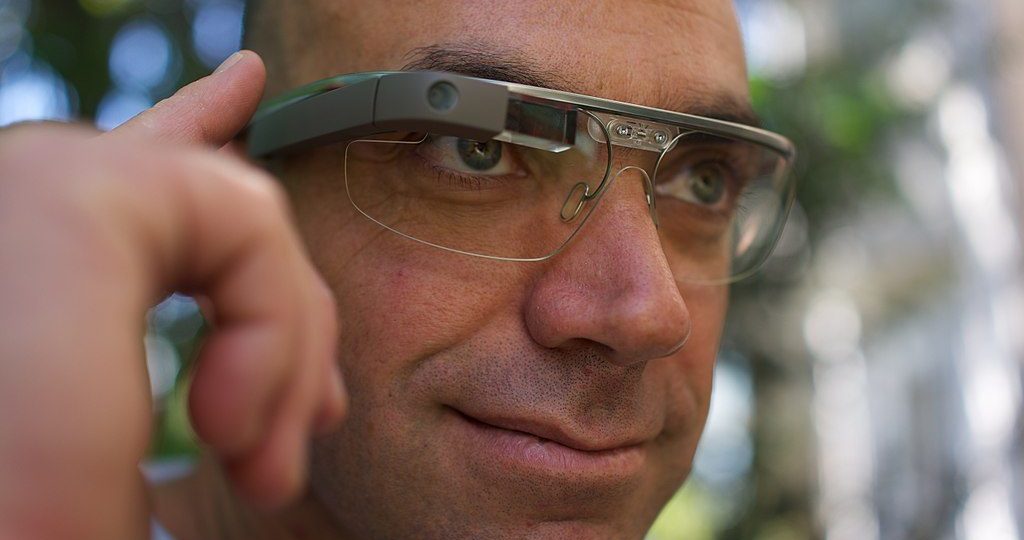Introduction:
In recent years, the realm of augmented reality has seen a significant transformation with the advent of Consumer AR Smart Glasses. These high-tech spectacles are not only changing how we view the world but also how we interact with it. With their potential applications spanning from gaming and entertainment to education and industry, AR Smart Glasses are taking the consumer market by storm. In this blog post, we will delve into what AR Smart Glasses are, how they work, and the myriad ways they are making our lives more immersive and interactive.
What Are Consumer AR Smart Glasses?
Consumer AR Smart Glasses are wearable devices that overlay digital information and virtual objects onto the user’s view of the physical world. Unlike virtual reality (VR) headsets, which immerse users in entirely virtual environments, AR Smart Glasses blend digital content with the real world. They come in various forms and designs, but they all have one common goal: to enhance the user’s perception of reality.
How Do They Work?
These smart glasses incorporate various technologies to deliver an augmented reality experience. The key components include:
Sensors: AR glasses are equipped with sensors like accelerometers, gyroscopes, and compasses to detect the user’s head movements and orientation in space.
Display: A tiny, high-resolution display, often situated in front of one or both eyes, projects digital content into the user’s field of view.
Optics: The optics in AR Smart Glasses ensure that the virtual content aligns with the real world seamlessly.
Processor and Connectivity: A powerful onboard processor and connectivity options, such as Wi-Fi or Bluetooth, allow the glasses to receive and process data from other devices or the internet.
Input Methods: AR glasses offer different input methods, such as touch-sensitive frames, voice commands, or hand gestures, to interact with the digital content.
Applications of Consumer AR Smart Glasses:
Gaming and Entertainment: Imagine playing your favorite video game, but instead of watching it on a screen, the game world is overlaid onto your surroundings. AR Smart Glasses can take gaming and entertainment to a whole new level.
Education: In the realm of education, these glasses can provide an immersive learning experience. Students can explore historical sites, interact with virtual specimens, and engage in hands-on simulations.
Healthcare: Medical professionals are using AR Smart Glasses to improve surgical procedures, medical training, and remote consultations. These glasses can display vital patient data in real-time.
Industry and Manufacturing: AR glasses have a significant impact on industries like manufacturing and maintenance. Technicians can access real-time data and instructions, reducing errors and increasing efficiency.
Navigation and Tourism: AR Smart Glasses can serve as navigation tools, offering real-time information about landmarks, directions, and historical context while touring a new city.
Accessibility: These glasses can help people with visual impairments by providing audio descriptions of their surroundings and guiding them through their daily activities.
Benefits of AR Smart Glasses:
Hands-Free Interaction: One of the most significant advantages of AR Smart Glasses is their hands-free operation. Users can access information and interact with the digital world without the need for a smartphone or other devices.
Enhanced Productivity: In professional settings, these glasses can increase productivity by offering real-time information and instructions, reducing the time needed to consult manuals or find information.
Immersive Gaming and Entertainment: Gamers and enthusiasts can enjoy a new level of immersion, as virtual content seamlessly blends with the real world.
Education Reinvented: AR glasses open up exciting possibilities for interactive and engaging learning experiences, making education more fun and effective.
Safety and Efficiency in Industry: In the industrial sector, AR Smart Glasses can reduce human error, improve safety, and enhance maintenance procedures.
Challenges and Concerns:
Despite the promising future of Consumer AR Smart Glasses, there are some challenges and concerns to address. These include:
Privacy: The use of AR glasses can raise concerns about privacy, as they can record or capture images and information without the knowledge or consent of others.
Safety: There are safety concerns related to distracted use, especially when wearing AR glasses while walking or driving.
Cost: High-quality AR Smart Glasses can be expensive, limiting their accessibility to a broader audience.
Acceptance: The social acceptance of people wearing AR glasses in everyday life is still evolving, with some individuals feeling uncomfortable or unsafe around those wearing them.
The Future of AR Smart Glasses:
The future of Consumer AR Smart Glasses is undoubtedly bright. As technology advances and becomes more affordable, we can expect to see widespread adoption in various industries and daily life. Features like longer battery life, improved design, enhanced connectivity, and better software integration will further enhance their utility. Moreover, AR glasses are likely to become an integral part of the metaverse, the evolving digital universe where physical and digital realities merge.
Conclusion:
Consumer AR Smart Glasses are revolutionizing the way we experience and interact with the world. These high-tech devices offer a plethora of applications and benefits, from gaming and education to industry and healthcare. While challenges and concerns exist, the promising future of AR Smart Glasses cannot be denied. As technology continues to evolve, we can expect even more exciting developments in this space. So, keep an eye on these augmented reality wonders, as they are set to reshape our reality in ways we can only begin to imagine.



